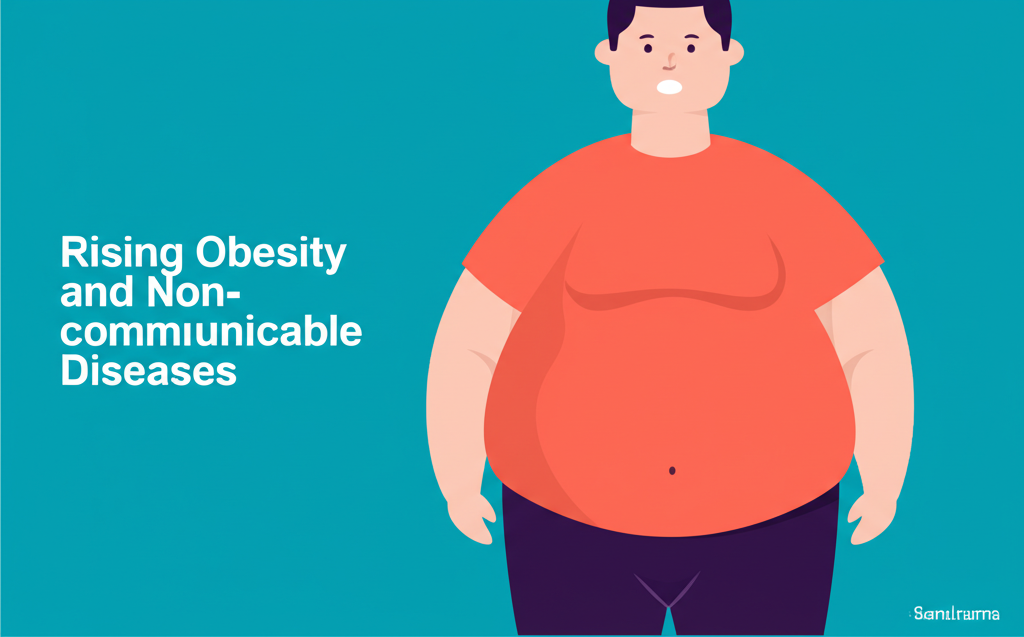
Saralnama
On Independence Day, Prime Minister Narendra Modi emphasized the growing obesity problem in India and the need for healthier eating habits, including reducing oil consumption by 10%. A 2023 Lancet study analyzing National Family Health Survey-5 (2019-21) data revealed that 40% of women and 12% of men are abdominally obese, while BMI-based obesity rates are similar for women (23%) and men (22.1%). Abdominal obesity poses health risks even when BMI is normal. Non-communicable diseases (NCDs) such as diabetes, hypertension, cardiovascular, kidney diseases, and cancer are rising across both developed and rural states, affecting all socioeconomic groups. For instance, hypertension prevalence among women aged 35-49 is 17%, and 21.5% among men aged 35-54 in Bihar. The government is urged to enhance diagnostics at district clinics and assess schemes like Ayushman Bharat. Preventive measures include reducing unhealthy palm oil and sugar intake, promoting indigenous oils, ensuring food quality standards, and encouraging fresh meals. The CBSE’s sugar awareness campaign in schools is noted as a positive step. Both citizens and governments share responsibility for addressing this public health challenge. (Updated 20 Aug 2025, 22:01 IST; source: link)